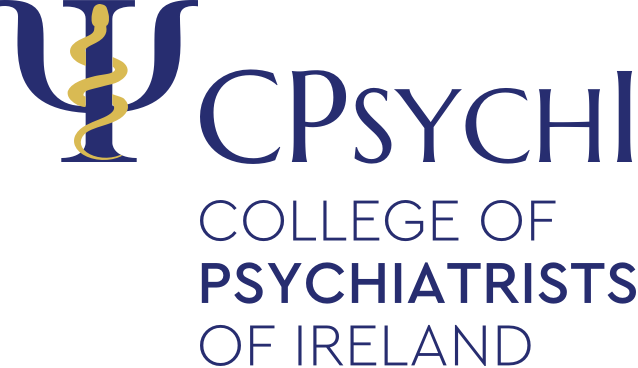Blog
Shining a light on personality disorder
- August 23, 2018
- Category: Blog Of interest from media Stakeholders Uncategorized

This article, written by Prof Patricia Casey, appeared in the Independent.ie 21/08/18.
The Irish public is now well versed in aspects of various mental illnesses. Gone are the taboos that surrounded psychiatric illness in the past, when it was spoken of in whispered tones and seen as a weakness instead of being viewed with compassion and understanding. The public knows a bit about bipolar disorder, depressive illness, and schizophrenia. Anxiety, stress and phobias are in their lexicon also, and many suffer with these conditions.
The one exception to this knowledge is personality disorder. What is personality disorder, how is it diagnosed, how is it treated? Surely everybody has this condition, since nobody is perfect?
I have just been reading Taming the Beast Within, written by my friend and mentor Peter Tyrer from Imperial College London, an expert on personality. It is the only book on this subject for the public that I am aware of. Interestingly, one of the few categories of personality disorder that people may be familiar with is narcissistic personality disorder. The other category recognised by the public is the psychopathic type, as epithets like ‘psycho’ are in common usage to depict somebody cruel and dangerous. Hannibal Lecter in Silence of the Lambs is the prototype.
To understand the condition called personality disorder, the starting point is to ask ‘what is personality?’ One dictionary definition mentioned by Tyrer is that “it is the combination of characteristics that forms an individual’s distinct character”.
The traits that determine it for the most part are constant over time, but they are not as rigidly fixed as psychiatrists once believed.
There can be some modification over time with maturation. These traits may be positive or negative, depending on circumstances. Impulsivity, for example, can be associated with spontaneity, which is a positive attribute, but it can be negative when it leads to impromptu decision-making.
Secondly, personality has an impact on relationships with others – and when there are personality problems, these will manifest themselves in interpersonal problems, not only with those close to the person but with others more remote, such as workmates or members of the public with whom they have contact.
Research now shows that personality is on a continuum with what is referred to as personality disorder being at the far end, to the extent that relationships in general suffer hugely.
Terms like personality disorder are still used in psychiatric textbooks and this suggests that the world is divided into two groups – those with normal and those with abnormal personalities.
These problems may relate to the person’s constant dependence on others for advice or support, or to their callousness and disregard, or to their unstinting rigidity, and so on. These traits show themselves as both emotions and behaviours that others identify and are affected by. At the other end of the personality spectrum are those with occasional difficulties in relationships, but these are short lived and self-limiting, and this is where most of us are placed.
The story of the labels began in 1923 with the work of German psychiatrist Kurt Schneider. He identified 10 personality types based on the dominant abnormal traits including obsessional, dependent, impulsive, and so on. Interestingly, he did not identify narcissism. These traits, or their modern equivalents, are still in use today, although they will be largely abandoned in the coming years when the World Health Organisation publishes its new classification of psychiatric disorders in 2020.
Personality is formed both from genes and from the environment. In particular childhood trauma, neglect or abuse, is a stressor that has a lasting impact. The earlier the trauma, the more severe the impact on personality, potentially causing a disorder. It is now also recognised that personality disorder can begin even in adulthood. While its origin may flow from events in childhood, it is seldom diagnosed before the age of 18. One requirement, whatever the age of diagnosis, is that the features have to be present for a minimum of two years. This is to allow for the reality that many people faced with a stressor may have periods when their emotions and interpersonal relationships are problematic until time or therapy heals them. Personality disorder would not be diagnosed in these instances.
Regarding treatment, there is little evidence for the benefits of medication, but there is some evidence of benefit from psychological therapy for the category known as ’emotionally unstable personality disorder’. Personality disorder continues to be a controversial diagnosis since it is difficult to define and there is limited evidence of the benefit of treatment. Taming the Beast provides user-friendly, accessible information to those affected by this often elusive and complex diagnosis.
